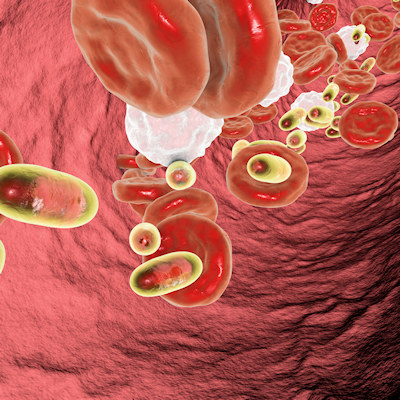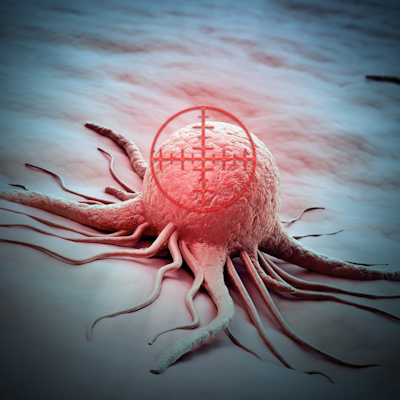December 5, 2022 -- Duke University engineers have used sound waves to separate small extracellular vesicles (sEVs) from biofluids, laying the groundwork for the development of next-generation liquid biopsies and regenerative therapies.
sEVs are important to understanding the pathogenesis of conditions including cancer, neurodegenerative disorders, and cardiovascular disease. Methods such as ultracentrifugation, size exclusion chromatography, polymer-based precipitation, ultrafiltration, and affinity capture on magnetic beads enable the isolation of sEVs from cell culture media and biofluids, but all the existing approaches have limitations.
More precise nanoscale separation technologies, such as asymmetric flow field-flow fractionation, have enabled the discovery of distinct sEV subpopulations that are heterogeneous in size and have distinctive biophysical and molecular characteristics. Yet, while the technologies have enabled the discoveries, more efficient, fast, and convenient sEV fractionation approaches are needed to shed light on the biogenesis and functionality of the subpopulations of extracellular vesicles.
Responding to the need, engineers at Duke University have developed Acoustic Nanoscale Separation via Wave-pillar Excitation Resonance, or ANSWER for short. The technology is designed to isolate sEVs from biofluids in under 10 minutes and sort them into subpopulations that may have distinct biological roles.
Writing in a November 23 article in the journal Science Advances, Tony Jun Huang, PhD, the William Bevan Distinguished Professor of Mechanical Engineering and Materials Science at Duke, and his co-authors describe the ANSWER technology and its applications. Huang outlined the implications of the research in a December 2 statement.
"These nanoparticles have significant potential in medical diagnosis and treatment, but the current technologies for separating and sorting them take several hours or days, are inconsistent, produce low yield or purity, suffer from contamination, and sometimes damage the nanoparticles. We want to make extracting and sorting high-quality sEVs as simple as pushing a button and getting the desired samples faster than it takes to take a shower," Huang said.
The device uses a single pair of transducers to generate a standing sound wave that envelops a narrow, enclosed channel filled with fluid. As the sound wave "leaks" into the liquid center and interacts with the original standing sound wave, it creates a resonance that forms "virtual pillars" along the center of the channel.
Each virtual pillar is a region of high pressure shaped like half an egg. Particles that try to cross over the pillars are pushed toward the edges of the panel. Larger particles receive a bigger push, enabling the researchers to tune the virtual pillars to sort the particles by size.
The researchers demonstrated that the ANSWER platform can successfully sort sEVs into three subgroups with 96% accuracy for nanoparticles on the larger end of the spectrum and 80% accuracy for the smallest.
Going forward, the research team plans to improve the ANSWER technology with an eye towards purifying other biologically relevant nanoparticles such as viruses, antibodies, and proteins.
Copyright © 2022 scienceboard.net







